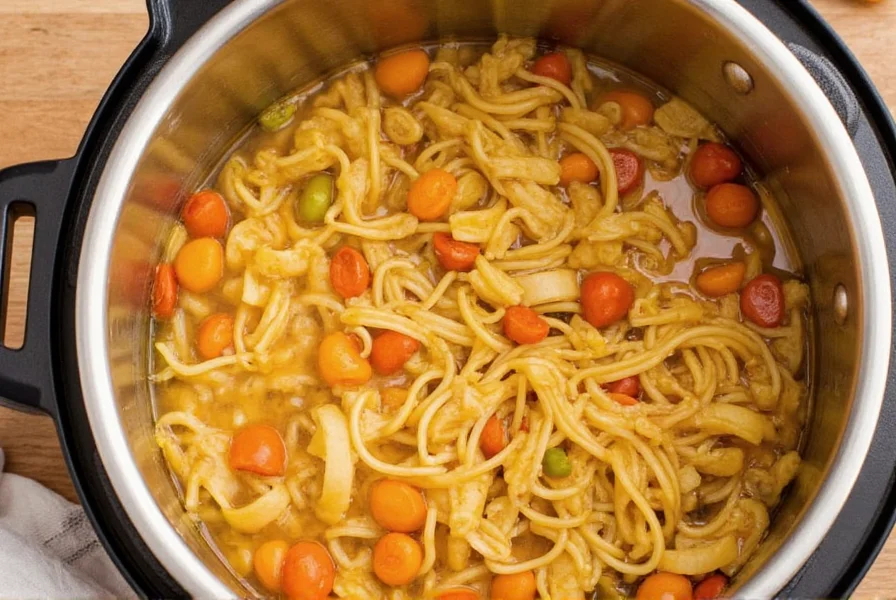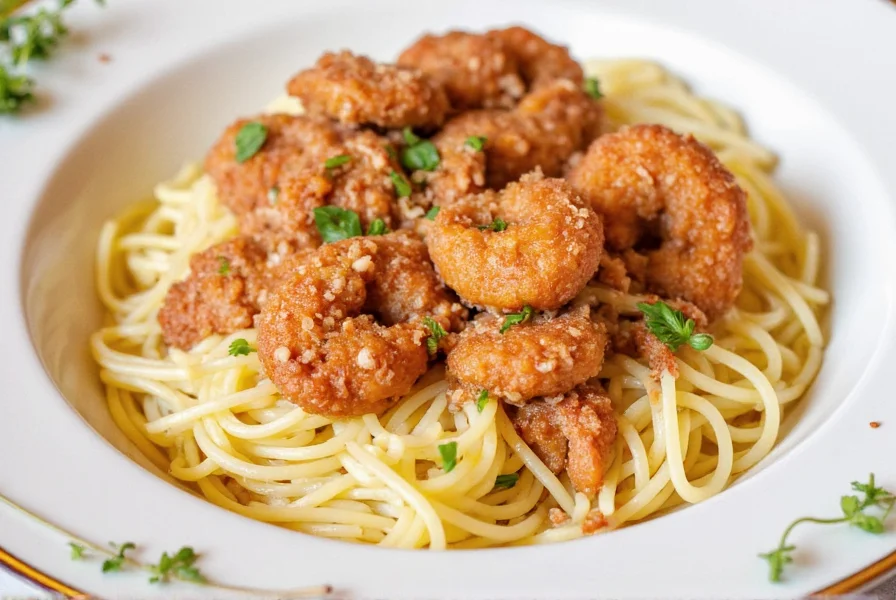How to Make Olive Garden Sopa Toscana at Home
Craving Olive Garden's famous Sopa Toscana? You can easily recreate this creamy, hearty soup at home with this simple recipe. We've included pro spice hacks to maximize flavor, plus storage tips and buying guides for the best results. This authentic version uses fresh ingredients and expert techniques to deliver restaurant-quality taste every time.
Ingredients
- 1 lb Italian sausage, sliced
- 2 cups chicken broth
- 1 cup heavy cream
- 2 medium potatoes, diced
- 2 cups kale, chopped
- 3 cloves garlic, minced
- 1 tsp fennel seeds
- 1 tsp garlic powder
- 1 tsp dried oregano
- 1/2 tsp red pepper flakes (optional)
- 1 tsp paprika
- 1 bay leaf
- 1/2 tsp black pepper
- 2 tbsp olive oil
- Salt to taste
Instructions
- Toast the fennel seeds: In a dry skillet over medium heat, toast the fennel seeds for 1-2 minutes until fragrant. Let cool slightly, then crush with a mortar and pestle or rolling pin. This intensifies their aroma and sweetness.
- Brown the sausage: Heat olive oil in a large pot over medium heat. Add sliced Italian sausage and cook until browned, about 5-7 minutes. Remove sausage and set aside.
- Bloom the spices: Add minced garlic to the pot and sauté for 1 minute. Then add the crushed fennel seeds, garlic powder, oregano, red pepper flakes (if using), paprika, and bay leaf. Cook for 30 seconds to bloom the spices in the oil.
- Simmer potatoes: Add diced potatoes and chicken broth to the pot. Bring to a boil, then reduce heat and simmer for 15 minutes or until potatoes are tender.
- Add kale and sausage: Stir in chopped kale and cooked sausage. Simmer for another 5 minutes until kale is wilted.
- Finish with cream: Reduce heat to low. Stir in heavy cream and black pepper. Simmer for 2-3 minutes until heated through. Do not boil. Remove bay leaf before serving.
- Serve: Ladle into bowls and garnish with freshly cracked black pepper for extra brightness.
| Spice | Flavor Profile | Better With | Shelf Life |
|---|---|---|---|
| Fennel Seeds | Earthy, licorice-like | Italian sausage, soups | 4 years |
| Garlic Powder | Umami, savory | Meat dishes, broths | 3–4 years |
| Oregano | Herbaceous, peppery | Pasta sauces, stews | 3 years |
| Red Pepper Flakes | Spicy, bold | Tomato-based dishes, chili oils | 2–3 years |
| Paprika | Smoky, sweet, earthy | Meats, roasted vegetables | 3 years |
| Bay Leaf | Woody, herbal | Long-simmered soups, stocks | 2–3 years |
| Black Pepper | Pungent, sharp | Almost any dish | 3–4 years |
How to Store Spices Like a Pro
- Keep Them Cool: Store spices away from heat sources like the stove or oven.
- Away From Light: Clear glass jars may look nice, but opaque containers protect spices better from fading potency due to light exposure.
- Dry Environment: Moisture is the enemy. Keep lids tightly sealed and avoid shaking spices directly over a boiling pot — steam shortens shelf life.
- Label & Date: Write the purchase date on the container so you know when it's time to refresh.

Buying Guide: Choosing the Best Spices
| Spice | Best Use Case | Target Audience | Ideal Occasion |
|---|---|---|---|
| Fennel Seeds | Curing meats, Italian sausage, soups | Home cooks, Italian food lovers | Weekend comfort meals |
| Garlic Powder | Enhancing savory depth in broths | Quick meal enthusiasts | Busy weeknights |
| Oregano | Pasta sauces, stews, roasted veggies | Home chefs, Mediterranean diet followers | Dinner parties, family dinners |
| Red Pepper Flakes | Heat in chili oils, tomato sauces, soups | Spice lovers, DIY enthusiasts | Game nights, casual dinner |
| Paprika | Color and smoky depth in meats, soups | Foodies, home grillers | Cookouts, holiday meals |
| Bay Leaf | Slow-cooked broths and stocks | Proper home cooks, slow cooker users | Meal prep Sundays |
| Black Pepper | All-purpose seasoning | Everyone | Every meal, anytime |
Frequently Asked Questions
What's the most essential spice for authentic Olive Garden Sopa Toscana flavor?
Fennel seeds are absolutely crucial for that signature Italian sausage flavor that defines Sopa Toscana. Toasting them first (as described in Hack #1) will maximize their aromatic properties and bring you closest to the Olive Garden taste.
Can I make Sopa Toscana less spicy?
Absolutely! Simply reduce or omit the red pepper flakes. You can also balance any heat by adding a touch more cream at the end or serving with crusty bread.
Can I make a vegetarian version of Sopa Toscana?
Yes, substitute the Italian sausage with plant-based sausage crumbles and use vegetable broth instead of chicken broth. For the same depth of flavor, add 1 tablespoon of soy sauce or Worcestershire sauce (use vegan Worcestershire for a fully vegetarian version) to compensate for the umami lost from the meat.
How should I store leftovers and how long will they keep?
Store cooled soup in an airtight container in the refrigerator for up to 4 days. The potatoes may absorb some broth as it sits, so you might need to add a splash of broth or water when reheating. Do not freeze this soup as the dairy can separate upon thawing.
What's the most common mistake people make when trying to recreate Olive Garden's Sopa Toscana?
The most common mistake is using old, stale spices. Since this soup relies so heavily on spice flavors, using spices that have lost their potency (older than 1-2 years) will result in a bland soup no matter how much you add. Always check your spice freshness first!
My soup is too thin, how can I thicken it?
If your soup is too thin, try one of these methods: 1) Simmer uncovered for 10-15 minutes to reduce the liquid, 2) Create a cornstarch slurry (1 tbsp cornstarch + 2 tbsp cold water) and stir it in, or 3) Mash some of the cooked potatoes against the side of the pot to naturally thicken the broth.











 浙公网安备
33010002000092号
浙公网安备
33010002000092号 浙B2-20120091-4
浙B2-20120091-4